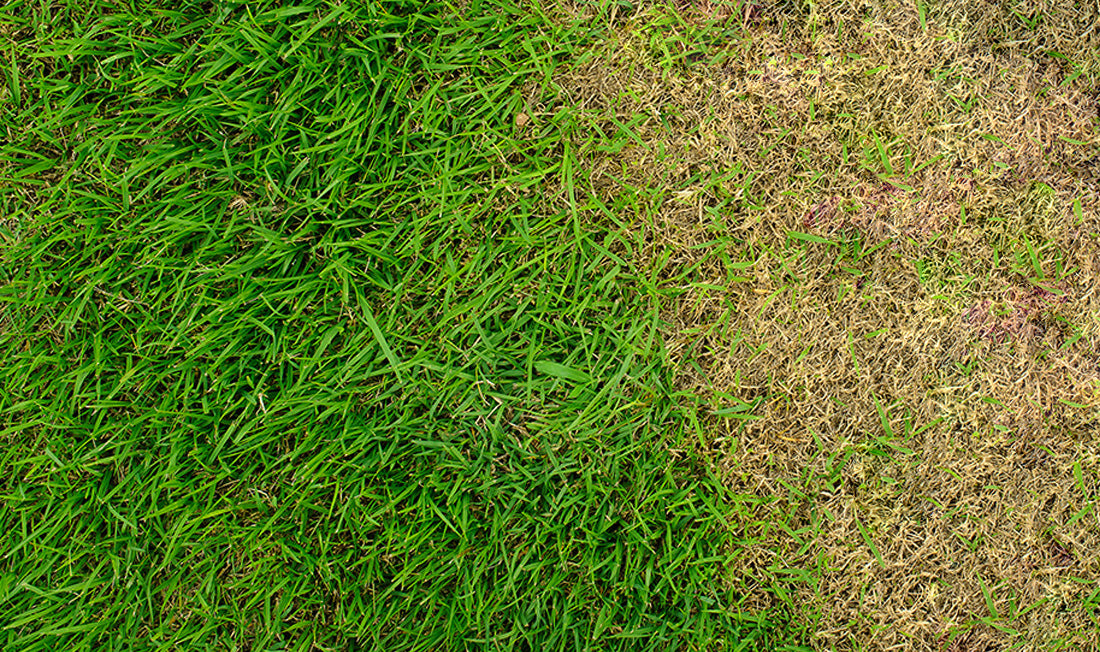Somewhere along your lawn care journey you’ve likely been exposed to language describing the amount of water that specific grasses require in order to survive. Two popular terms used to describe this are often “drought resistant” and “drought tolerant”. It seems as though these terms often get used interchangeably and that there is a degree of confusion that exists in relation to what these terms actually mean. Drought resistance is an all-encompassing term used to describe a variety of mechanisms that plants utilize in order to persist in the face of extended periods of drought. Together, drought escape, drought avoidance, and drought tolerance make up the drought resistance mechanisms of turfgrasses. Grasses may use more than one of the aforementioned mechanisms as part of their overall ability to survive drought.

Escape refers to rapid plant growth and completion of the lifecycle in a short period of time, while there is plenty of plant available water, escaping periods of extended drought. The plant then reestablishes from seed when water becomes available again. A good example of this is annual bluegrass (Poa annua) germinating and persisting throughout the fall and winter, then setting seed in spring prior to the onset of summer drought. Avoidance refers to a plant’s ability to postpone tissue dehydration by reducing transpiration and/or enhancing water uptake. Plants can thicken their cuticles, reduce their stomatal density, keep stomata closed during the heat of the day, and increase rooting depth to access more water. Tall fescue (Festuca arundinacea Schreb.) utilizes avoidance due to its relatively large root-to-shoot ratio. It actually uses quite a bit of water, but it is able to access much more than other grasses. Tolerance refers to the ability of a grass to suspend shoot growth during times of water stress. This means the plant enters a state of summer dormancy as the leaves dry out but the crown of the plant remains hydrated. Transpiration is drastically decreased at this time. It may appear as though the lawn has died but it will green back up when moisture returns. An example of a grass that utilizes this strategy is Kentucky bluegrass (Poa pratensis).
Regardless of what mechanism your specific grass utilizes, choosing to plant drought-resistant varieties of turf goes a long way toward reducing the need for supplemental irrigation during the summer months. As water resources become increasingly scarce, it’s our responsibility as lawn managers to responsibly apply irrigation water to our lawns. This makes it important to remember that a drought-resistant turfgrass does not necessarily mean that it will remain lush and green for 5 weeks without any rain or irrigation. The idea is for the grass to survive the drought, by any means necessary, and green back up once water becomes available again.

Simple Lawn Solutions has the products you need to give your lawn the best chance of surviving extended periods of drought. Fertilizing your lawn can result in greater root length and density compared to unfertilized lawns. The larger root mass helps your lawn avoid drought that neighbors with unfertilized grass will be struggling through. Contact us today for a custom fertilizer plan that could help your lawn make it through the next drought with less irrigation and don’t forget to check out our other lawn care blogs full of great information to give you the leg up on your neighbor next spring.









